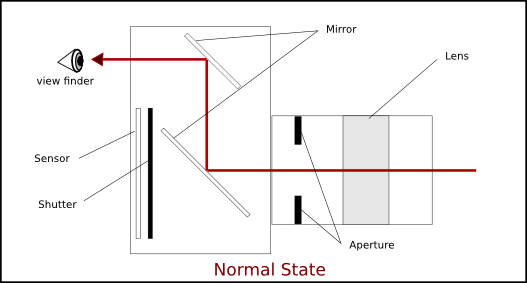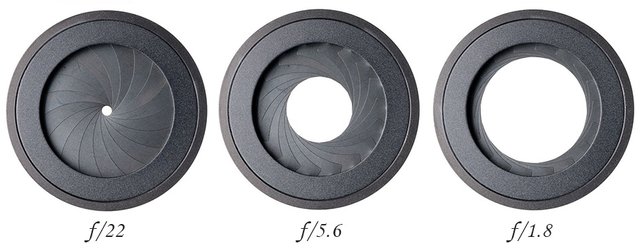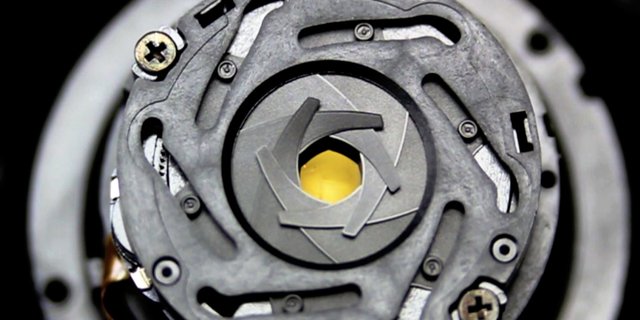A fool's guide to photography - The basics to get you going

I don't think it's fair to call yourself a photographer until you start taking pictures in manual mode instead of auto. And when I say manual mode I don't mean Manual focus. That's a totally different thing altogether. Please note that for simplicity, through out this article, I reference to the camera-lens combination as a single entity and just call it camera.
Manual mode means you manually configure all the settings of the camera yourself, like the aperture, shutter speed, ISO, white balance etc. This brings us to the most basic and yet the most important aspect of taking a photo - The Exposure triangle. But before we jump into the exposure triangle, I would like to run you through the optics of photography, so that you could understand the exposure triangle better when you read further. Those who do not want to go through the science of it can skip over to "The Exposure Triangle", but I would recommend you to understand this simple science before you go further.
How is a photo taken?
A DSLR camera(or any digital camera for that matter) consists of a sensor (as opposed to films in film cameras) which is enclosed in the darkest spot of the camera which has in the front of it - a shutter. When you click the plunger (the silver button that lets you click photos on a camera), what actually happens is the shutter opens for a fixed amount of time (a fraction of a second in most cases) and hence makes the sensor exposed to the light coming from the subject(the object or place or person at which you have pointed the camera). The sensor, as the name suggests, being a very sensitive part, retains the image and dumps it over to your memory card before it clears itself for your next shot.

Now that you have understood this simple science, lets go to the fun part of it.
The Exposure Triangle
The Exposure triangle consists of 3 things which are the most fundamental, yet the most crucial components of taking a good photo:
The Aperture
The Aperture is a measure of the opening that lets light inside the camera, for taking a photo. Assuming that the other 2 components of the triangle remains the same, the more the aperture, more the light that enters the sensor and hence, more the exposure of the photo.

Source of image
Aperture is usually indicated as f/x where x is a number, which when getting smaller will mean the aperture is getting bigger. The maximum aperture of a lens will usually be written on the lens using this nomenclature. The biggest shutter available in the market these days is f/1.4.
The Shutterspeed
As the name suggests, shutter speed is simply the speed of the shutter which essentially means for how long the sensor will remain exposed. Like aperture, the longer the time of exposure, more the light that enters the sensor.

Source of image
Shutter speed is simply indicated in seconds. A shutter speed of 1/400 or above could give you a perfectly still photo of a bird in flight. Astro-photographers use very low shutter speeds so that more light from the distant stars could be accommodated inside the camera. With the right equipment to cancel out the effect of earths rotation, a camera could capture beautiful star trails using a very long exposure like 30 mins.
The ISO
ISO is the sensitivity of the sensor used in the camera. The best possible ISO setting, if the ambient light allows, is 100 (the lowest) because with the increase in ISO comes noise. The picture will have, what some people would call grains.
Even though the most fundamental thing to take care of while adjusting the 3 components of the exposure triangle, is that the photo is neither under-exposed nor over-exposed, there are more complicated intentions for aperture and shutter speed which is called the depth of field and subject focus. These will be covered in my next article.
If you like my article, please up-vote and comment.
Nice Article Hari , Keep them coming
Thankyou creativeamsle! :) I will give it my best.